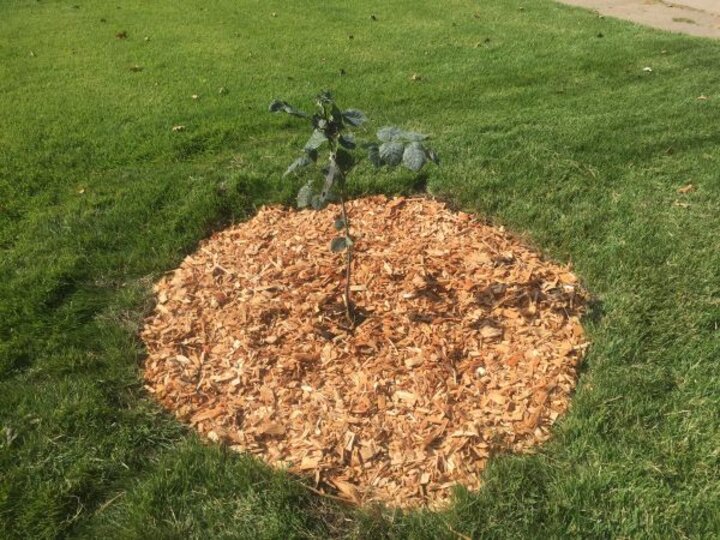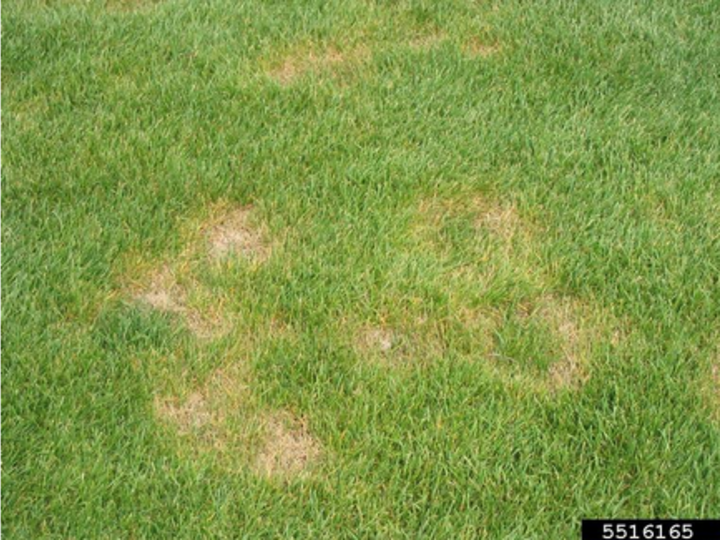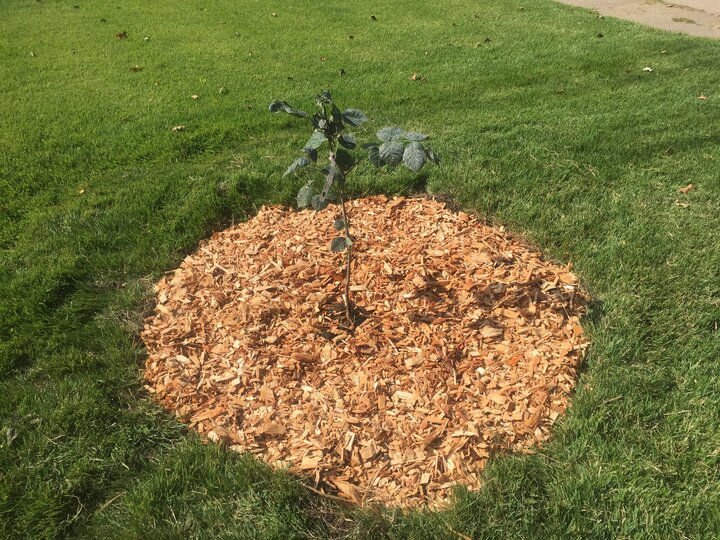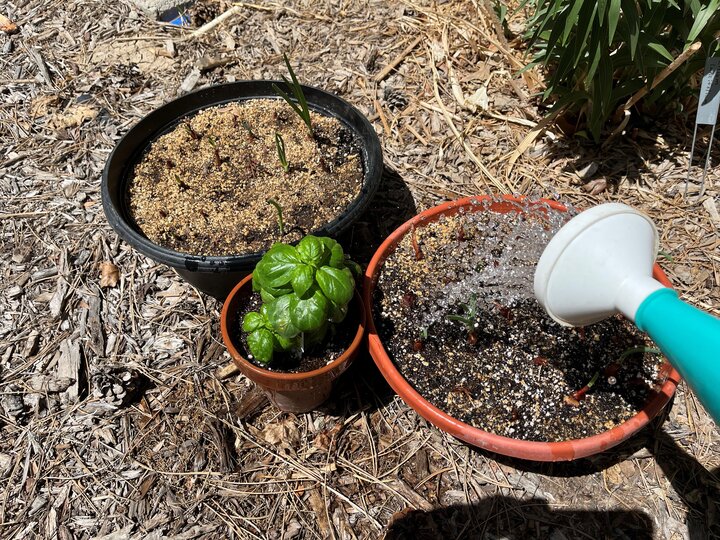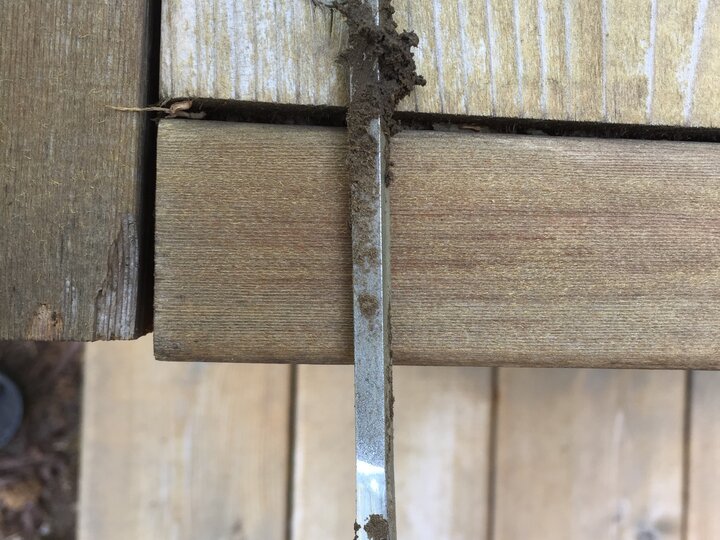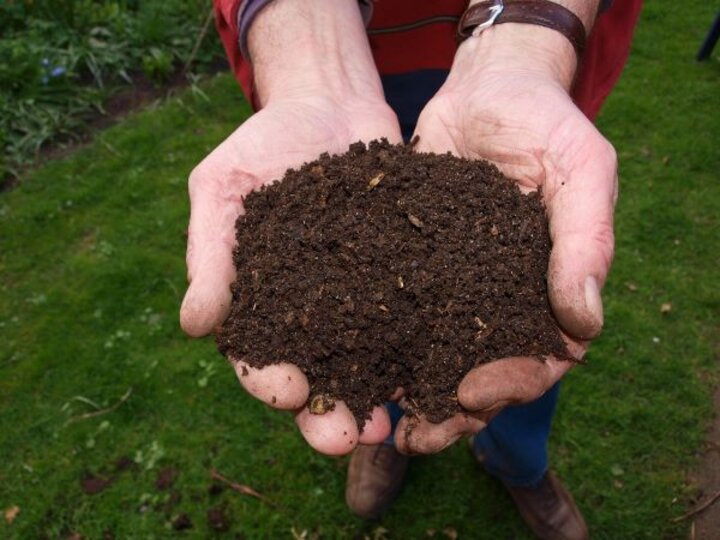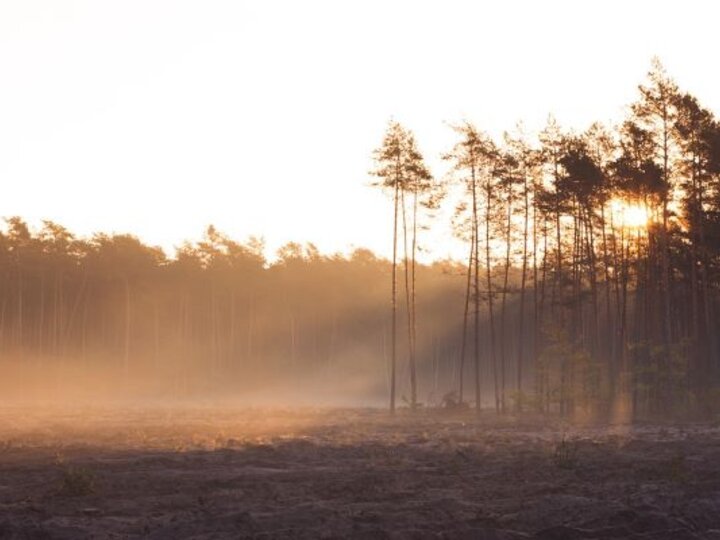Lawns and landscapes can be designed and maintained to be water conserving, prevent runoff of fertilizers and pesticides and good looking. To develop a landscape that is water efficient, build the landscape with good landscape soils, create water zones within your landscape, choose well-adapted water saving ornamentals and turfgrasses, and utilize the correct irrigation equipment for your landscape. Read on for more information to help you design and manage your landscape for water efficiency.

